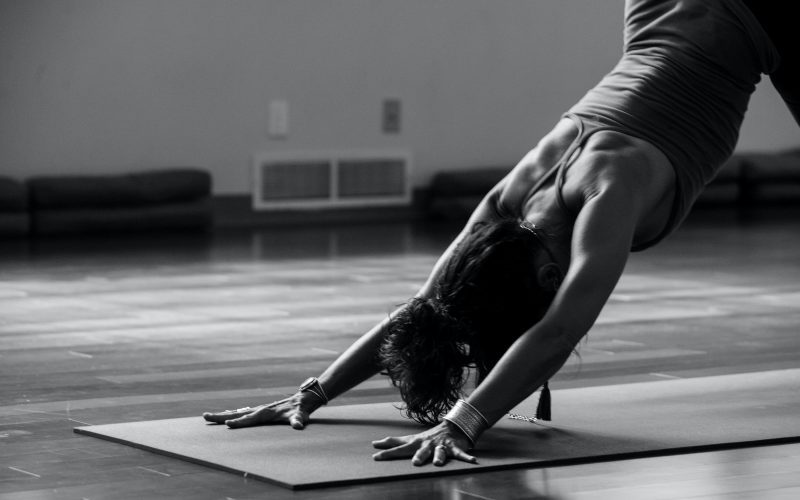Are you tired of feeling stiff and sore after every workout? Do you struggle to reach your fitness goals despite putting in hours at the gym? It’s time to shake things up and prioritize mobility and flexibility. These often-overlooked aspects of fitness can make all the difference when it comes to achieving success. In this blog post, we’re diving into why mobility and flexibility are crucial for not only preventing injury but also improving overall performance. Get ready to unlock a whole new level of potential in your fitness journey!
The Importance of Mobility and Flexibility
Mobility and flexibility are two important factors in overall fitness success. The ability to move freely and effectively is necessary for any physical activity, including running, swimming, and cycling. In order to maintain good fitness levels, it is important to be able to move your body in a variety of ways.
One way that mobility helps with fitness is by improving your range of motion. Having good range of motion allows you to move your joints through their full range of motion. This helps improveyour strength and enduranceand reduce pain caused by joint stiffness or inflammation.
Flexibility also plays a vital role in fitness success. Flexibility refers to the ability of the muscles and other tissues in the body to stretch and contract smoothly. Being flexible allows you to perform a wide varietyof physical activities without discomfort or pain. For instance, being flexible allowsyou to do yoga poses or participate in stretching exercises before aerobic exercise sessions.
Both mobility and flexibility are important for overall well-being. By improving your mobility and flexibility, you’ll be ableto stay active and injury free throughout your life.
The Effects of Aging on Mobility and Flexibility
As we age, our muscles and connective tissue shrink. This can make it harder to move around easily, especially in our joints. Our mobility and flexibility can also decrease as we get older. This can make it more difficult to exercise or participate in everyday activities. As a result, staying healthy and fit as we age is important. Here are some of the effects of aging on mobility and flexibility:
1) Mobility decreases as we get older.
2) Our range of motion decreases in our joints.
3) Our muscles become tighter and less flexible.
4) We may experience pain in our joints due to these changes.
5) Our balance may become poorer as we age.
6) We may experience difficulty breathing because our lungs may not be as flexible as they used to be.
7) We may develop arthritis or other conditions that make movement difficult.
8) Our cognitive abilities (such as memory recall) might decline with age, which could affect our ability to stay active and maintain a healthy weight
Tips for Improving Mobility and Flexibility
1. Get moving! Mobility and flexibility help reduce the risk of injuries, and can also help improve your overall fitness.
2. Stretch regularly. Stretching helps alleviate tension in the muscles and can help improve mobility and flexibility.
3. Practice yoga or another form of stretching. Yoga is a great way to improve your flexibility and circulation, while also calming your mind and body.
4. Strength-train regularly. Strength training not only helps to build muscle, but it also improves mobility by helping to maintain joint stability.
5. Use a standing desk or other ergonomic devices to increase your productivity while minimizing the risk of injury.
Conclusion
If you are looking to improve your fitness, mobility and flexibility are key ingredients. Not only do these skills help with overall strength and conditioning, but they also improve your balance, coordination and agility – all of which play an important role in improving your performance on the elliptical trainer or treadmill. If you want to be able to participate in regular physical activity without feeling pain or discomfort later on, make sure you are doing everything possible to improve yourmobility and flexibility.












